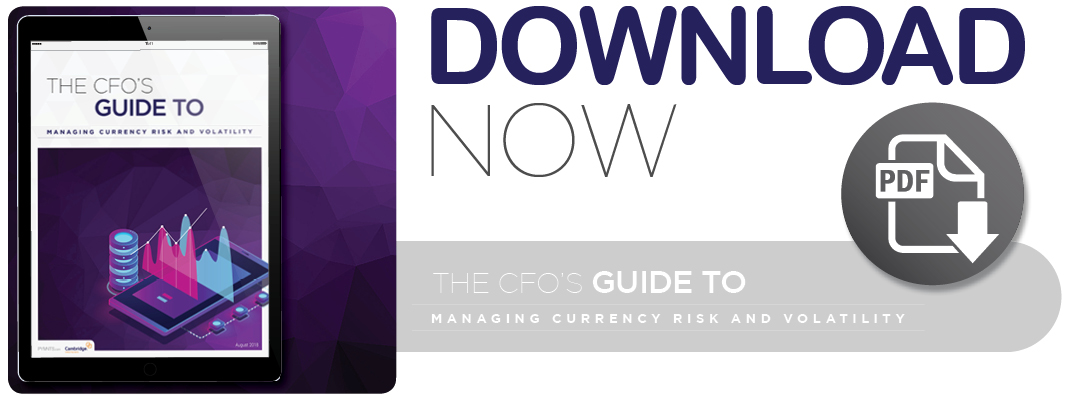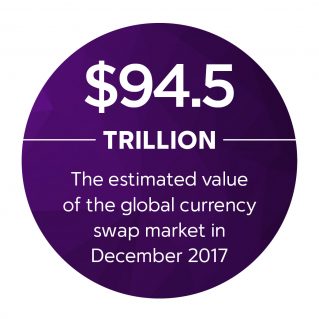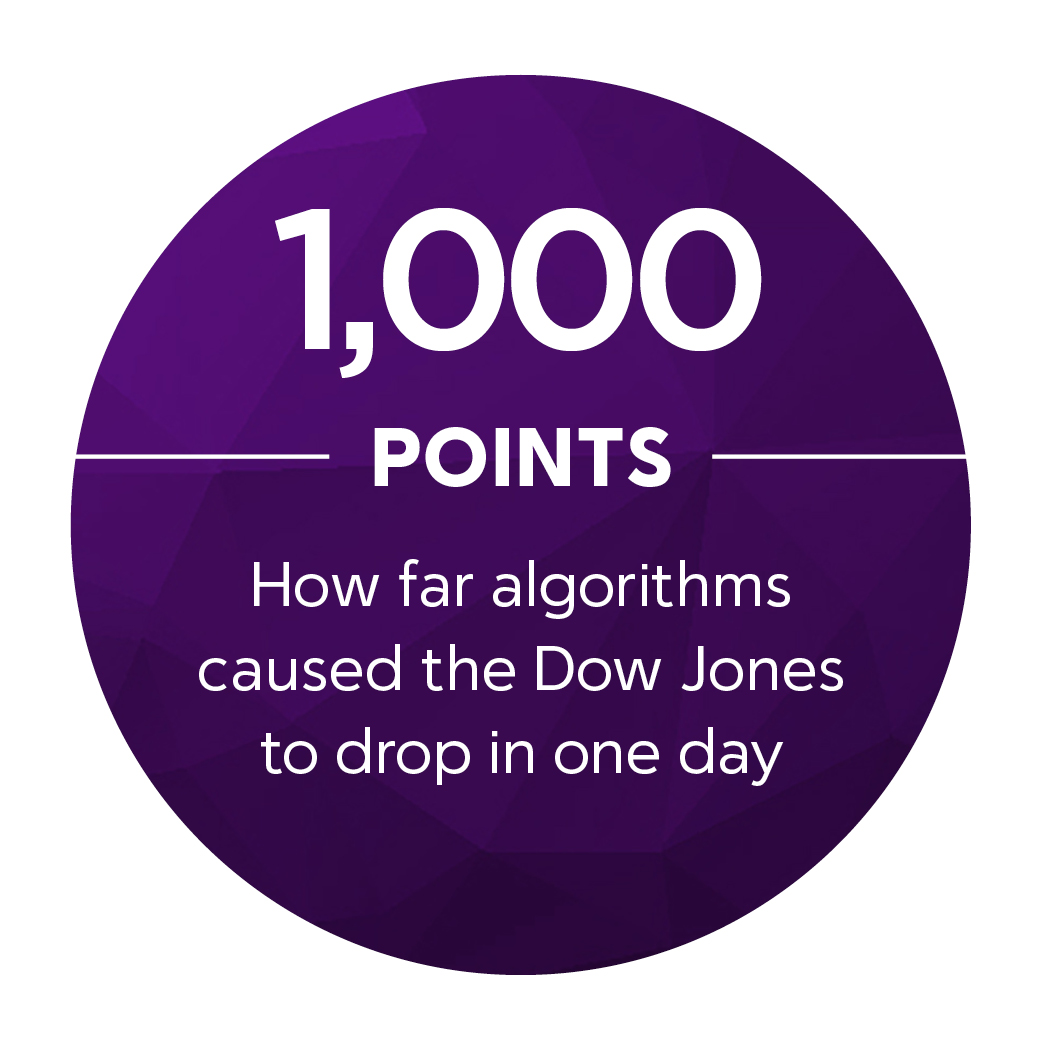NEW REPORT: How Businesses can Hedge Against FX Risk

 A U.S. company holding money in euros is at constant risk of losing money: If the FX rate between the euros and the greenback falls, so do their profits. Political and economic factors, such as the Brexit vote or a lapsed loan between banks in different countries, are just some of the many factors that can impact a currency’s value — largely beyond anyone’s control.
A U.S. company holding money in euros is at constant risk of losing money: If the FX rate between the euros and the greenback falls, so do their profits. Political and economic factors, such as the Brexit vote or a lapsed loan between banks in different countries, are just some of the many factors that can impact a currency’s value — largely beyond anyone’s control.
Fortunately, there is something businesses can control: a calculated, well-executed hedging strategy that can help mitigate FX risks.
But what does an FX hedging strategy entail?
The short answer: It depends on the business, and the market. There are many tools that international companies can use to protect themselves from FX risks, but most businesses lack the resources and expertise they need to design and enact effective hedging strategies. So when it comes to FX risk, many international businesses are operating in the dark.
Enter the PYMNTS CFO’s Guide to Managing FX Risk and Volatility, a collaborative series developed in conjunction with Cambridge Global Payments, that delves into the complexities of managing an FX portfolio. The series uses quantitative and historical data on valuations of several major currencies, corporate and governmental case studies and technological developments that have impacted the global FX market, to provide a comprehensive guide explaining what businesses need to do to navigate a volatile FX market.
In the inaugural FX Risks and Currency Swaps Edition of the CFO’s Guide to Managing FX Risk and Volatility series, PYMNTS examines how companies can effectively utilize two of the most common FX hedging tools: automated trading orders and foreign currency swaps.
- 1,000 points: How far automated trading algorithms sent the Dow Jones falling in a single day
- $94.5 trillion: The estimated value of the global currency swap market
To learn more about how automated trading orders and currency swaps can impact a business’ bottom line, click here to download the report.
CFO’s Guide to Managing FX Risk and Volatility
The CFO’s Guide to Managing FX Risk and Volatility, a PYMNTS and Cambridge Global Payments collaboration, illuminates the FX risks companies can encounter when expanding abroad, how having an FX market roadmap can help them thrive and which resources will assist in optimizing their foreign holdings. The FX Risks and Currency Swaps edition delves into historical case studies and more than 7,000 quantitative data points on market indicators, global export values and currency valuations. PYMNTS used this data to map and contextualize the modern FX market and surrounding economy, including what it means for international businesses’ profitability.


